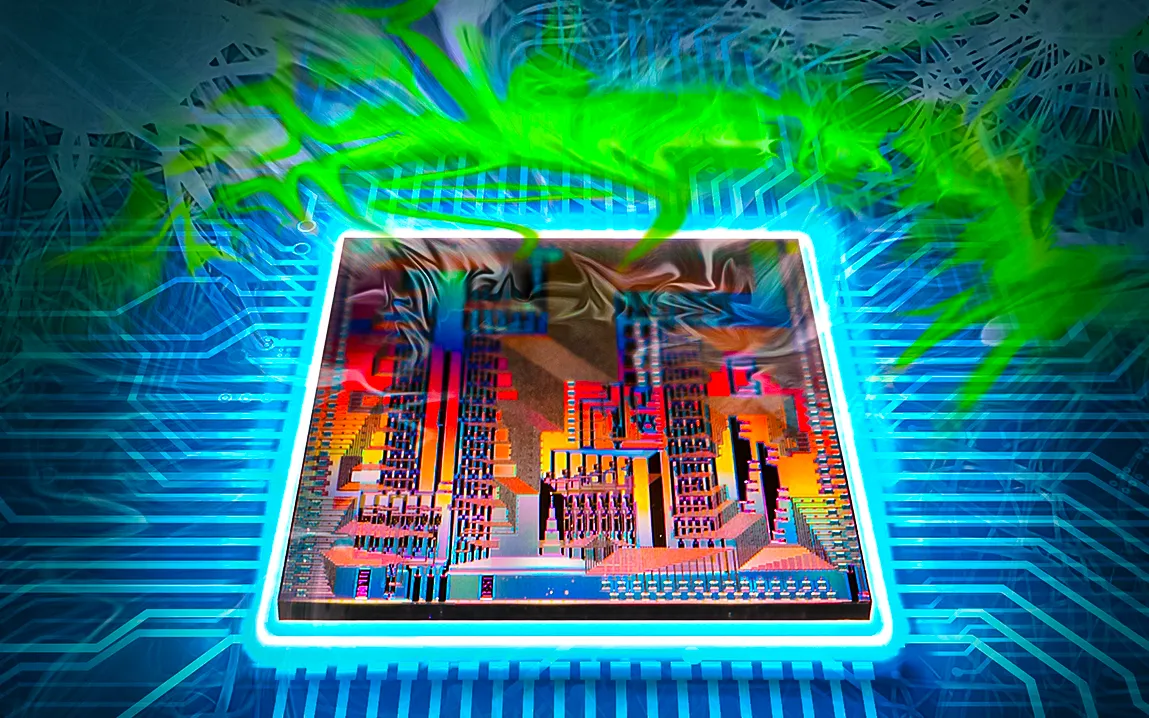Artificial intelligence keeps getting more powerful—but there’s a catch. As models get bigger and smarter, they need to move massive amounts of data, and that uses up a ton of energy. Now, a team of researchers from Columbia Engineering and Cornell University has come up with a solution: a tiny 3D chip that can transfer data at high speeds while using less power.
This new chip, which combines light (photonic) and traditional electronics, could be the key to unlocking the next generation of AI hardware and it might even reshape how our phones, cars, and computers work.
Super Fast, Super Efficient
Led by Professor Keren Bergman, the research team built a chip that moves data at 800 gigabits per second while using just 120 femtojoules per bit—that’s incredibly low energy usage and it also fits a huge amount of data movement into a small space, with 5.3 terabits per second per square millimeter (Tb/s/mm²).
“In this work, we present a technology capable of transferring vast volumes of data with unprecedentedly low energy consumption,” said Bergman. In short, this chip can handle AI’s data demands without draining much power or overheating.
Ready for the Real World
Unlike many high-tech prototypes, this 3D platform uses commercially manufactured components. It’s small, scalable, and can easily be added to existing AI systems. That makes it not just powerful, but practical and cost-effective, ready for use in industry-level AI systems and data centers.
With 80 transmitters and receivers built into the chip, it packs a serious punch in a tiny package.
Why This Matters for the Future of AI
Right now, moving data between chips is one of the biggest slowdowns in AI hardware. It wastes energy and limits how big or fast models can get. This 3D chip removes that barrier, making it much easier to build larger, faster, and more efficient AI systems.
It could improve everything from self-driving cars to real-time language translation, and help AI run better in tight spaces like wearables or drones.
More Than Just AI
While designed with AI in mind, the applications go far beyond. This technology could revolutionize telecommunications, disaggregated memory systems, and cloud infrastructure, signaling a future of ultra-efficient, high-speed computing.
The project, built in partnership with Cornell, the Air Force Research Lab, and Dartmouth College, might seem small, but it’s already being called a major leap forward for the future of computing.



